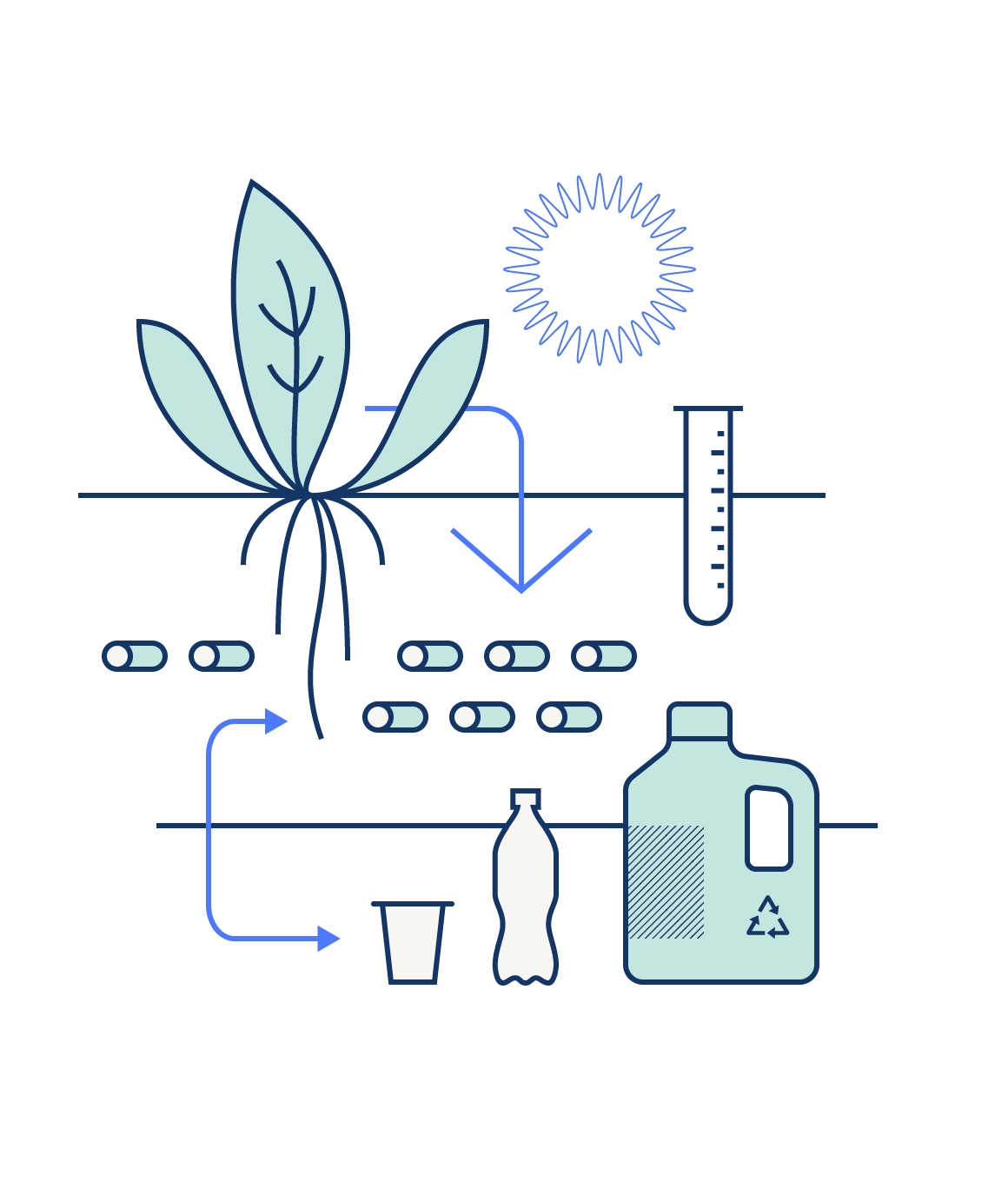In 2021, VC funding in the U.S. (across all segments) was 33 percent higher than in any other year on record. Coming off of these heights, total VC investment in the US fell 42 percent in 2022. Likewise, there was a big drop in total VC funding in California, where the amount of investment fell by 31 percent during in 2022.
During 2022, venture capital (VC) Investment in California’s clean tech companies fell by 56 percent compared to the prior year, while the number of VC deals completed in the state fell by 24 percent.
Clean tech investment in 2022 was hurt by a tough macroeconomic backdrop, and by comparison to a historically-inflated year in 2021, rather than a re-evaluation of the growth potential of clean technologies.
Until August of this year, VC investment in the US stood at 58 percent of the 2022 level, while VC investment in California amounted to 47 percent of the 2022 figure.
